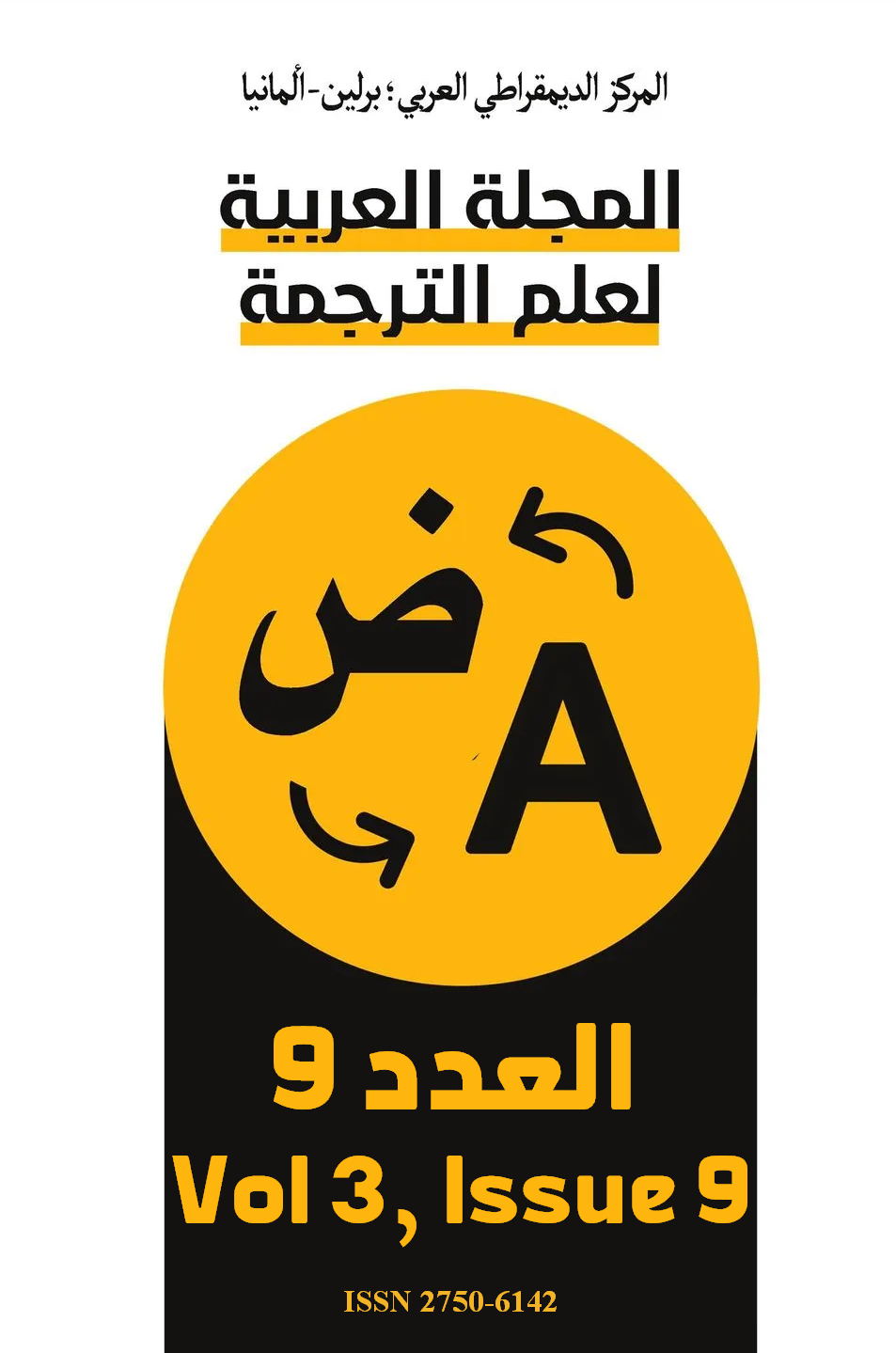Substitution in Natural Phonological Classes: Ancient Arabic Dialects as a Model
DOI:
https://doi.org/10.63939/AJTS.wtxnca78Keywords:
Substitution, Natural Phonological Classes, Ancient Arabic Dialects, Features GeometryAbstract
This article deals with the phenomenon of substitution in natural phonological categories, focusing on ancient Arabic dialects as a model. Arabic dialects show phonological, and sometimes morphological, differences, although the ancients considered Arabic dialects to be "different" but linguistically correct. Despite this, a distinction was made between eloquent languages such as Quraysh and the vilified languages as described by al-Suyuti and Ibn Faris, with Quraysh being said to be the most eloquent. The article defends a linguistic view that all ancient Arabic tribes were equally eloquent. The theory of "feature engineering" will be used to explain the phonological changes that occurred in Arabic dialects.
Downloads
References
Abo Al-tayyib, A. (1960) Al-ibdaal [Substitution]. Damascus: Arab Scientific Academy
Al-Astrabadi, R. (1978). ʃarħ ʔal-kafiya [The sufficient explanation in syntax] (2nd Ed.). Dar Al-Kutub Al-‘ilmiya (Original work published in 7th century in the Islamic calendar)
Al-faraahidi, A. (1967). Al-ayn [The eye]. Baghdad: Al-Ghani Press
Al-shiimi, S. (1995). Ibdaal al-horoof fi al-lahajat al-arabiya [Letter substitution in Arabic dialects]. Medina: Al-Ghurabaa Archaeological Library
Al-ssoyouti, J. A. (1897). al-iqtirah fi osoul al-nahwi [Elision in the science of grammar]. Hyderabad Deccan Edition
Al-ssoyouti, J. A. (1998). al-mozhir fi ‘oloumi al-loghati wa anwa’iha [Al-Muzhir]. Book House
Al-waadi, M. (2020) abhaat siwatia wa siraafia fi al-loghati al-‘arabiyati [Phonological and Morphological Studies in the Arabic Language]. Amman: Dar Kunooz Al-Ma’rifa for Publishing and Distribution
Al-zajaji, A. (1962). Al-ibdaal wa al-mo’aqaba wa al-nnada’ir [Substitution, Alternation, and Analogy]. Damascus: Publications of the Arab Scientific Academy
Al-zamakhchari, J. A. (1971) al-faaiq fi gharib al-hadit wa al-atar [The Remarkable in the Uncommon Hadith and Traditions]. (2nd Ed.). Beirut: Dar Al-Ma’rifa for Printing and Publishing
Anis, I. (1678). min asra’a al-logha [From the Secrets of the Language] (6th Ed.). Cairo: Anglo-Egyptian Library
Bichr, M. K. (1980). Ilm al-logha al-aam : al-aswaat [General Linguistics: Phonetics]. 7th Ed.). Cairo: Dar Al-Maaref
Al-rimmah. G. B. (1975). al-diiwan [The Diwan] (2nd Ed.). Islamic Printing and Publishing Office
Ibn Al-sikkit, A. I. (1903). Al-qalb wa al-ibdãl [Metathesis and Substitution]. Beirut: Catholic Library
Ibn Faares, A. (1993). al-sahibiyi fi fiqhi al-loghati wa sonani al-arabi fi kalaamiha [The Companion on the Philology of the Arabic Language, Its Issues, and the Arabs' Linguistic Traditions]. Cairo: Issa Al-Babi Al-Halabi Press
Ibn Jenni, A. O. (1985). Sirr sina’at al-i’raab [The Secret of the Craft of Parsing]. Damascus: Dar Al-Qalam
Ibn Maalik, A. (1967). Tashil al-fawa’id wa takmil al-maqaasid [Facilitating the Benefits and Completing the Objectives]. Dar Al-Kitab Al-Arabi for Printing and Publishing
Ibn Mandour, J. D. (1988). Lisaan al-‘arab [The Tongue of the Arabs]. Dar Al-Jeel
McCarthy, J. (1994). The phonetics and phonology of Semitic pharyngeals. In: Phonological Structure and Phonetic Form: Papers in Laboratory Phonology II (pp. 191-233). Retrieved from https://scholarworks.umass.edu/linguist_faculty_pubs/86 DOI: https://doi.org/10.1017/CBO9780511659461.012
McCarthy, J. (1988). Feature geometry and dependency: A review. Phonetica, 45, 84-108 DOI: https://doi.org/10.1159/000261820
Moukhtar, A .(1975). Diraasat al-sawt [Study of Sound]. Cairo: World of Books Publishing
Ramadaan, A. T. (1982). Al-madkhal ila ilm al-logha wa manaahij al- baht al-loghawi [Introduction to Linguistics and Methodology of Linguistic Research]. Cairo: Al-Khanji Library
Sibawayh, A. (1975). Al-kitaab [The Book]. Beirut: World of Books
Downloads
Published
Issue
Section
License

This work is licensed under a Creative Commons Attribution-NonCommercial 4.0 International License.
As an open-access the journal follows the CC BY-NC 4.0 Attribution-NonCommercial 4.0 International which states that:
- you are free to:
- Share— copy and redistribute the material in any medium or format.
- Adapt— remix, transform, and build upon the material.
- Under the following terms:
- Attribution— You must give appropriate credit, provide a link to the license, and indicate if changes were made. You may do so in any reasonable manner, but not in any way that suggests the licensor endorses you or your use.
- NonCommercial — You may not use the material for commercial purposes.
- No additional restrictions — You may not apply legal terms or technological measures that legally restrict others from doing anything the license permits.












